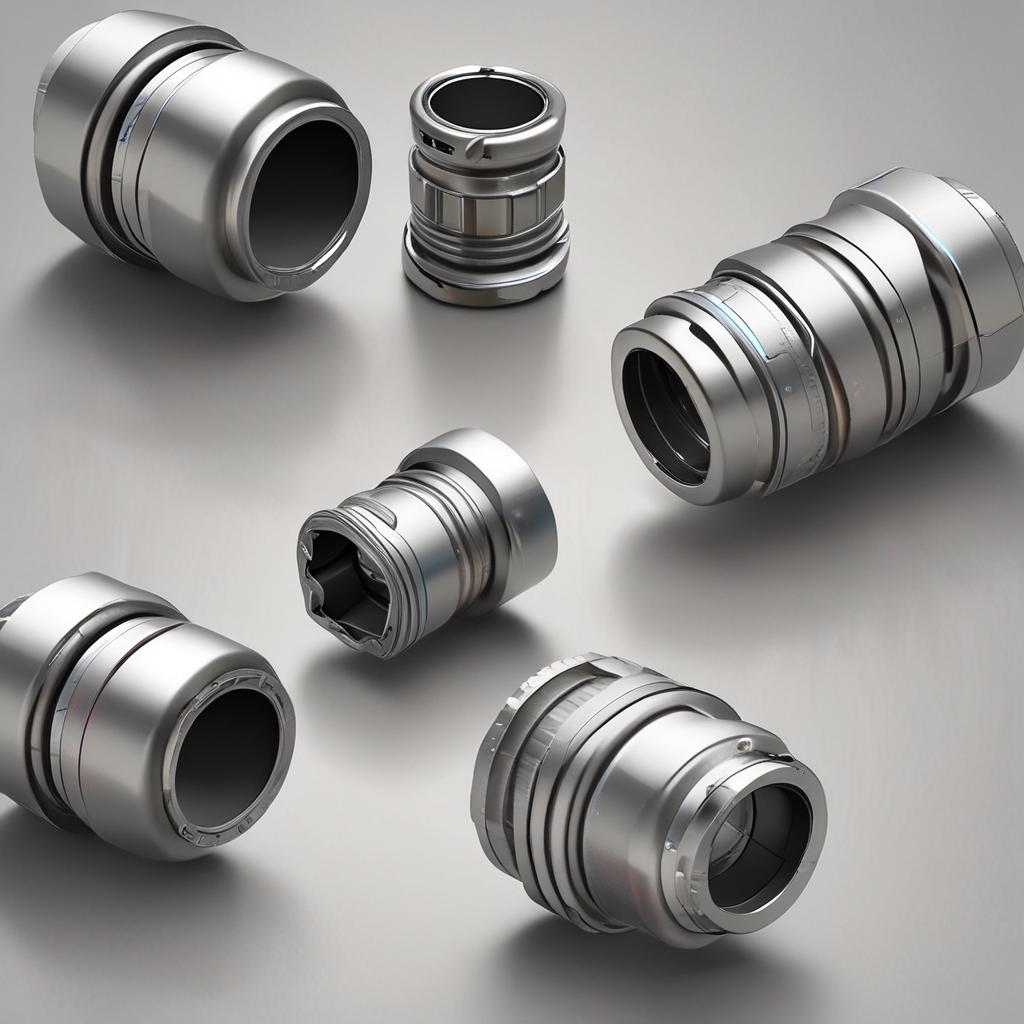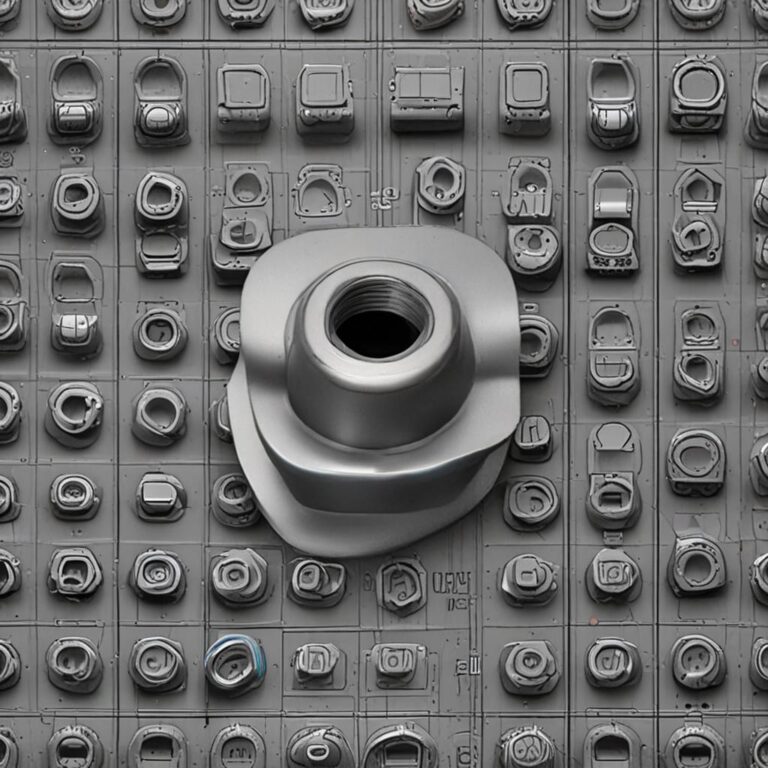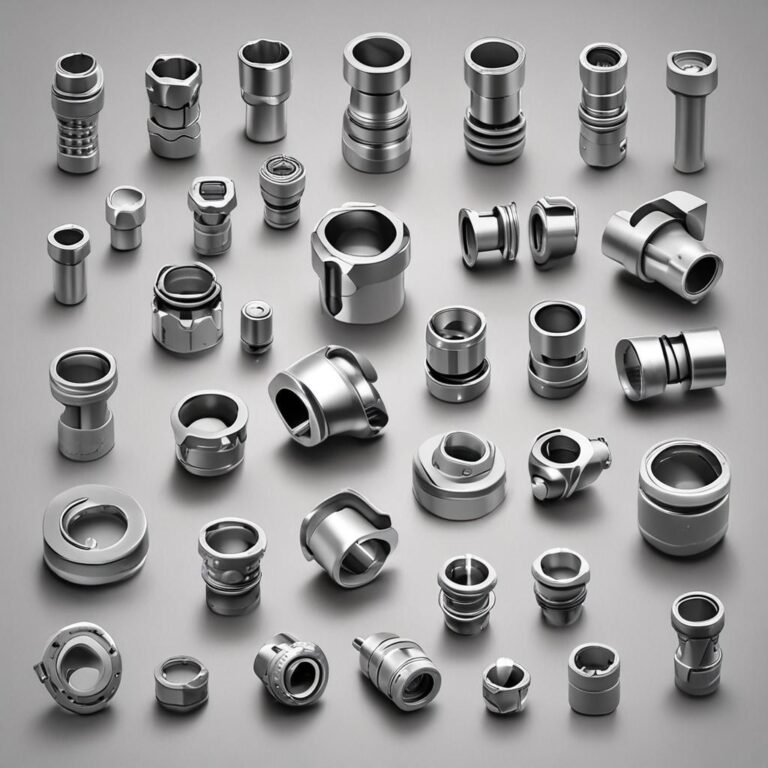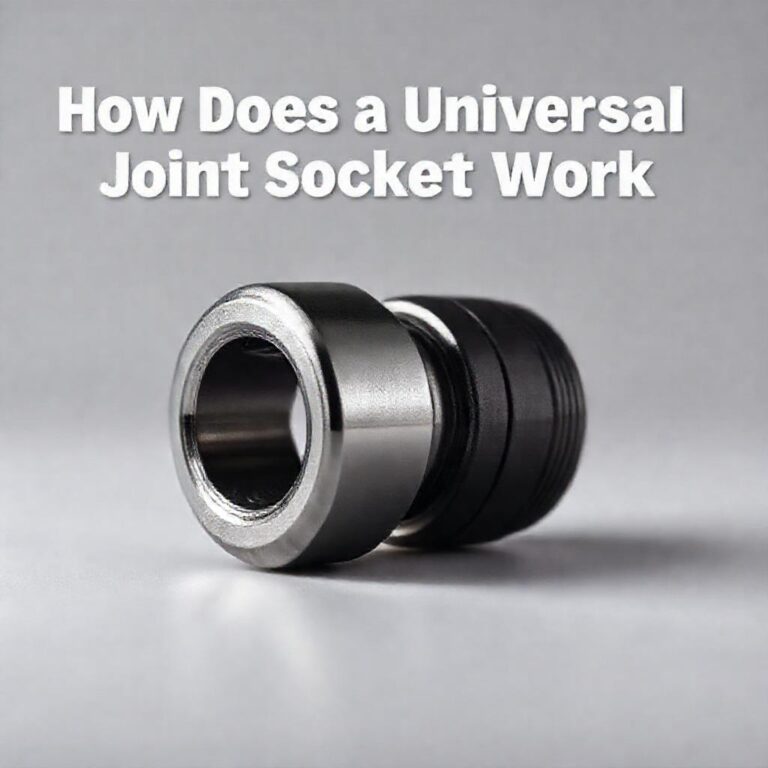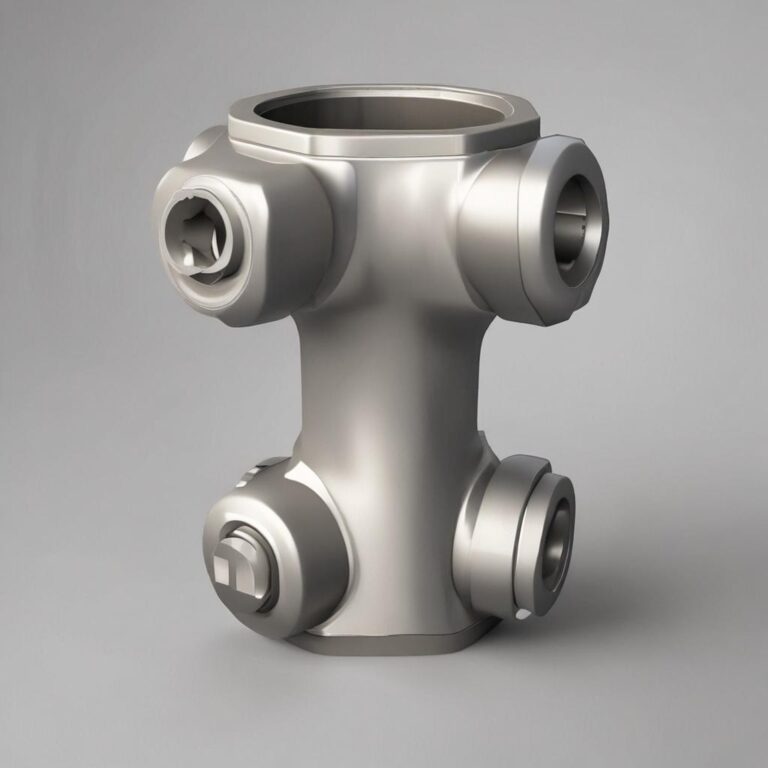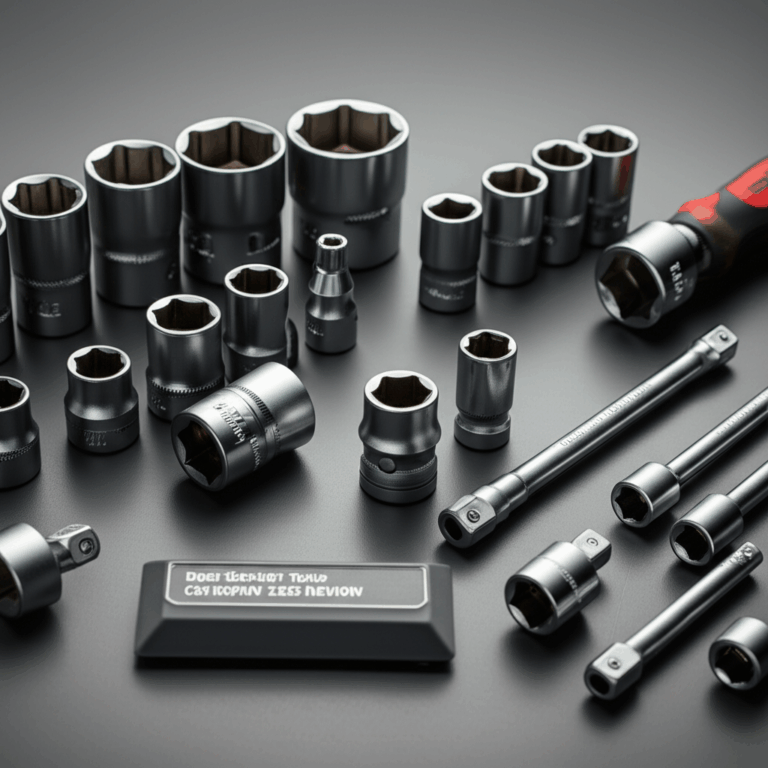Universal Joint Socket Function
Universal joints (U-joints) are the unsung heroes of mechanical systems, enabling smooth power transmission between non-aligned shafts in everything from cars to industrial machinery. At the heart of these crucial components lies the universal joint socket—a pivotal element that ensures flexibility and durability. Understanding how these sockets function is essential for anyone involved in maintenance, repairs, or mechanical design, as it directly impacts performance and longevity. Whether you’re troubleshooting a vehicle drivetrain or optimizing industrial equipment, mastering the role of U-joint sockets can save time, money, and frustration.
Step-by-Step Process
Select Proper Socket
Choose a socket size that matches the universal joint's dimensions.
Align Socket and Joint
Position the socket over the universal joint's drive end.
Apply Torque Evenly
Use a torque wrench to tighten or loosen the joint uniformly.
Check for Binding
Ensure the joint rotates freely without excessive resistance.
Secure Fasteners
Tighten all bolts and nuts to manufacturer-specified torque values.
Process infographic for Universal Joint Socket Function
What Is a Universal Joint Socket?
A universal joint socket is a critical part of a U-joint, designed to connect rotating shafts at varying angles while maintaining efficient power transfer. Structurally, it consists of a yoke (or fork) that houses needle bearings around a cross (or spider), allowing angular movement. Unlike rigid couplings, which require perfect shaft alignment, U-joint sockets compensate for misalignment, making them indispensable in dynamic systems.
Common applications include automotive drivetrains, industrial conveyor systems, and marine propulsion, where flexibility and reliability are paramount. Their ability to transmit torque while accommodating misalignment sets them apart from other coupling mechanisms.
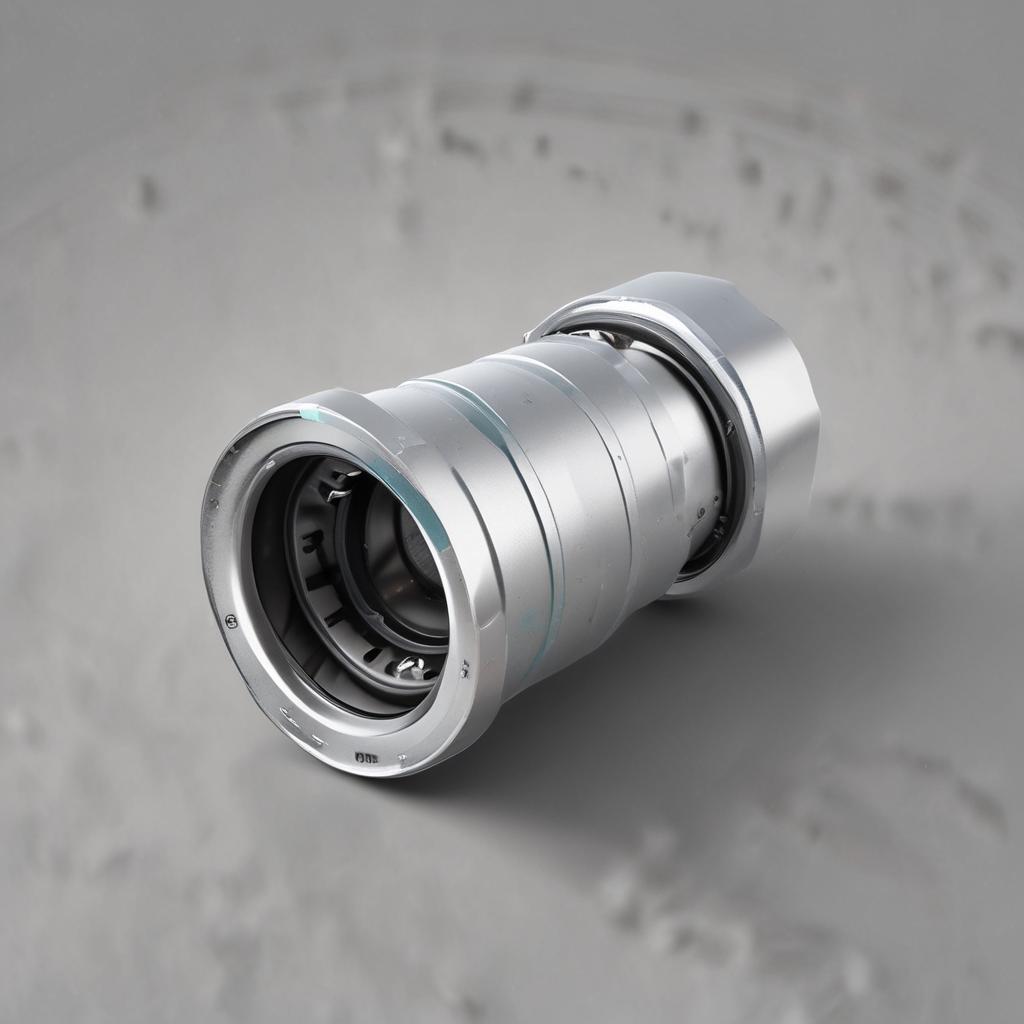
Key Functions of a Universal Joint Socket
Power Transmission Between Non-Aligned Shafts
U-joint sockets enable seamless power transfer between shafts that are not perfectly aligned. The needle bearings and cross yokes rotate smoothly, compensating for angular deviations without binding. This design ensures that torque is transmitted efficiently, even when the shafts operate at different angles.
Flexibility in Mechanical Systems
One of the primary advantages of U-joint sockets is their ability to adjust for varying shaft angles. This flexibility reduces stress on connected components, minimizes vibration, and extends the lifespan of the drivetrain. By absorbing minor misalignments, they prevent catastrophic failures in high-stress applications.
Load Distribution and Shock Absorption
U-joint sockets handle both torsional and radial loads, distributing forces evenly across the cross and bearings. This load distribution prevents premature wear on drivetrain components, such as axles and transmissions. Additionally, their shock-absorbing properties protect the system from sudden impacts, ensuring long-term reliability.
How Universal Joint Sockets Work
Basic Mechanics of Universal Joints
The operation of U-joint sockets is based on the four-bar linkage principle, where the cross (spider) acts as the central pivot. The yokes connect to shafts on either side, allowing rotation while maintaining a constant angle. Needle bearings reduce friction, ensuring smooth movement and efficient power transfer.
Types of Universal Joint Sockets
U-joint sockets come in two main varieties: single and double cardan joints. Single cardan joints are simpler but may introduce vibration at certain angles, while double cardan (or constant velocity) joints eliminate this issue, making them ideal for high-performance applications.
Common Materials Used in U-Joint Sockets
Most U-joint sockets are made from high-strength steel alloys, which provide durability and resistance to wear. Some specialized applications use composites or hardened alloys to enhance performance under extreme conditions. The choice of material depends on factors like load capacity, operating environment, and cost.
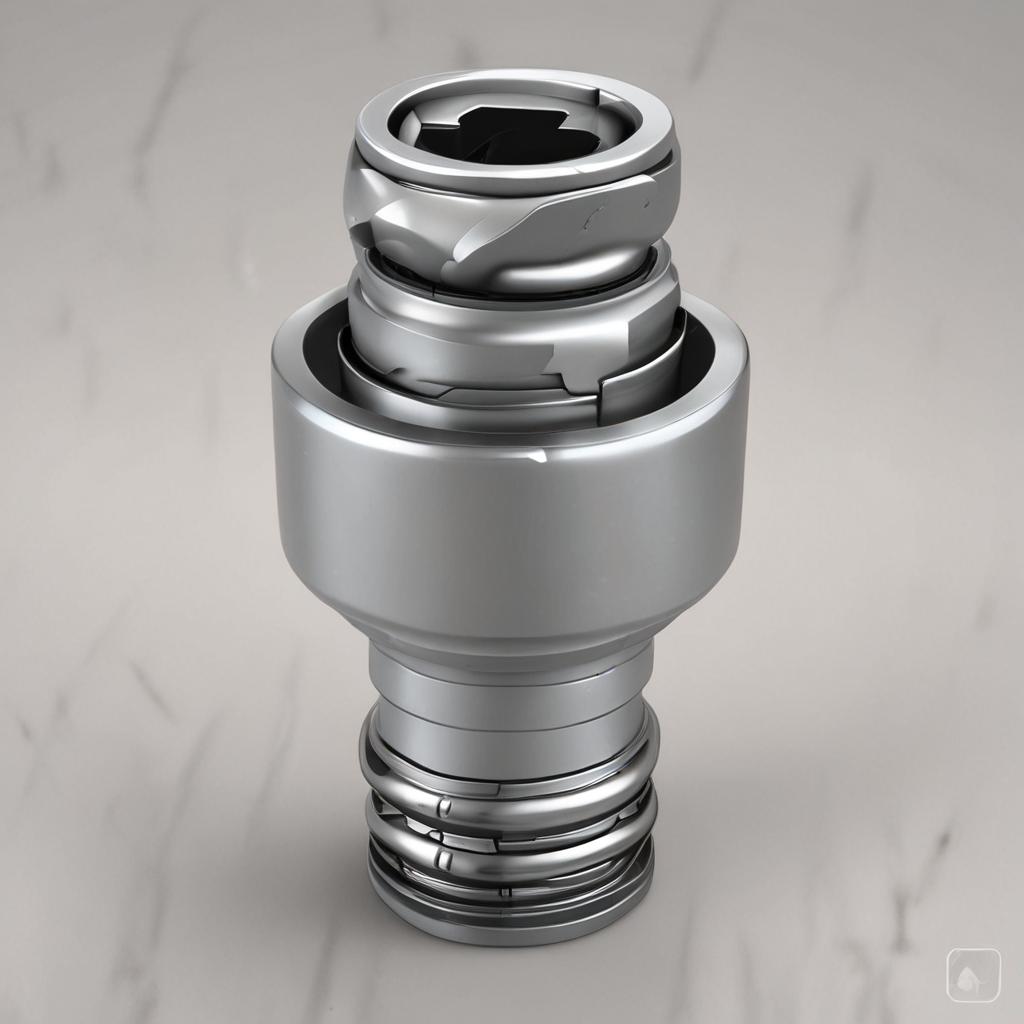
Maintenance and Troubleshooting
Signs of a Failing Universal Joint Socket
Common symptoms of a failing U-joint socket include vibrations, clunking noises, and reduced power transfer. Visual inspection may reveal excessive play, rust, or worn bearings. Addressing these issues early can prevent more costly damage down the line.
Lubrication and Service Intervals
Proper lubrication is crucial for U-joint socket longevity. Needle bearings should be greased regularly—typically every 30,000 to 50,000 miles for automotive use. Using high-quality grease and following manufacturer guidelines ensures optimal performance.
Common U-Joint Socket Problems and Fixes
Binding or excessive play often indicates worn bearings or misalignment. Minor issues may be resolved with adjustments or re-greasing, but severely damaged sockets should be replaced to avoid further system damage. When in doubt, consult a professional for diagnosis and repair.
Applications of Universal Joint Sockets
Automotive and Drivetrain Systems
U-joint sockets are essential in rear-wheel and four-wheel-drive vehicles, connecting the transmission to the driveshaft. They also appear in steering columns and transmission systems, where flexibility is critical for smooth operation.
Industrial and Marine Machinery
Industrial applications include conveyor systems, pumps, and heavy machinery, where U-joint sockets facilitate reliable power transmission. In marine environments, they help transfer propulsion power while withstanding harsh conditions.
Specialized Uses in Robotics and Aerospace
High-precision U-joint sockets are used in robotic arms for controlled movement, while aerospace applications include control systems where lightweight yet durable components are required.
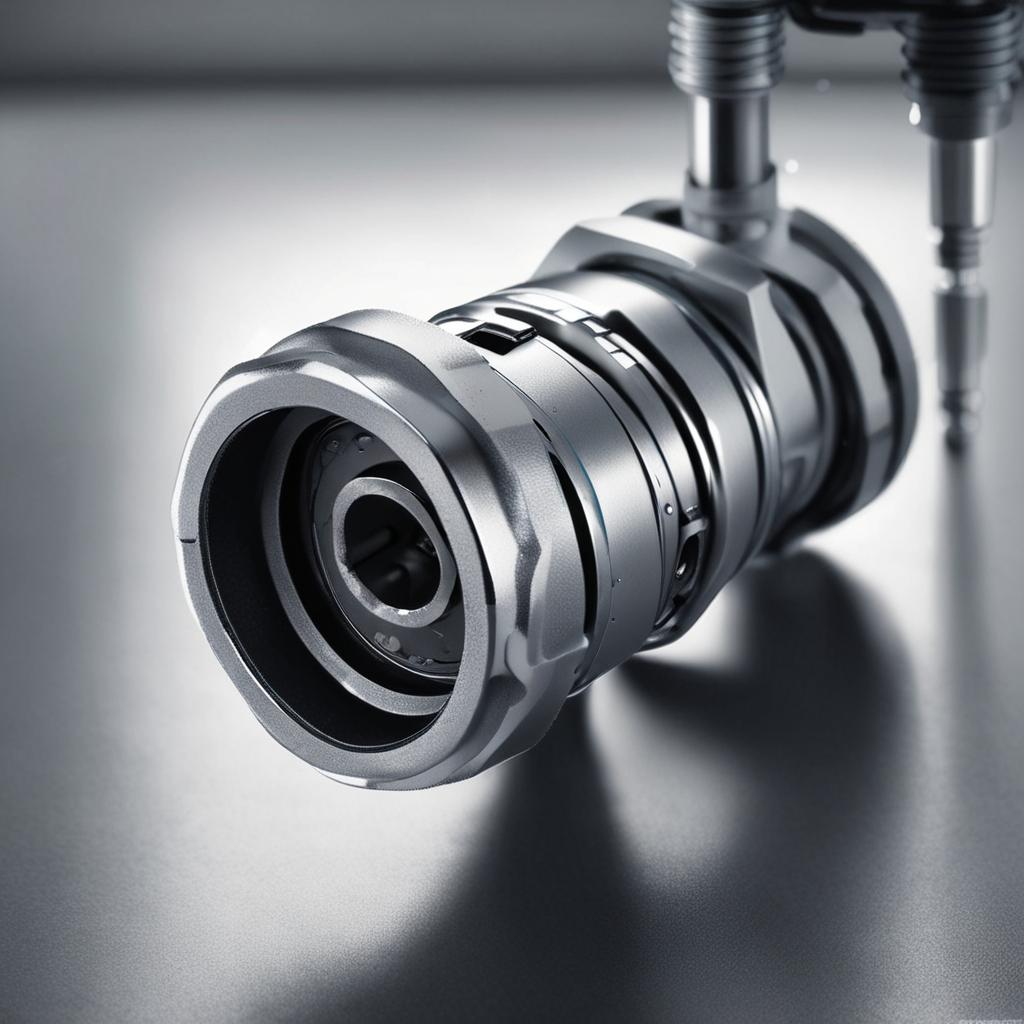
Conclusion
Universal joint sockets play a vital role in mechanical systems by enabling flexible, efficient power transmission. Understanding their functions, maintenance requirements, and applications ensures optimal performance and longevity. Whether you’re working on a vehicle, industrial equipment, or specialized machinery, proper care of U-joint sockets is key to avoiding costly breakdowns. For complex repairs, always consult a professional to maintain system integrity.
FAQ Section
1. What is the difference between a universal joint and a coupling?
A universal joint allows for angular misalignment between shafts, while couplings typically require aligned shafts for efficient power transfer.
2. How often should a universal joint socket be lubricated?
For automotive applications, U-joint sockets should be greased every 30,000 to 50,000 miles, but this can vary based on usage and manufacturer recommendations.
3. Can a universal joint socket be repaired, or must it be replaced?
Minor wear may be repaired, but severe damage usually requires replacement to ensure safe and reliable operation.
4. What causes a universal joint socket to fail prematurely?
Lack of lubrication, excessive loads, or misalignment are common causes of premature U-joint socket failure.
5. Are universal joint sockets interchangeable between different vehicles?
No, U-joint sockets must match the specific drivetrain specifications of the vehicle for proper fit and function.

